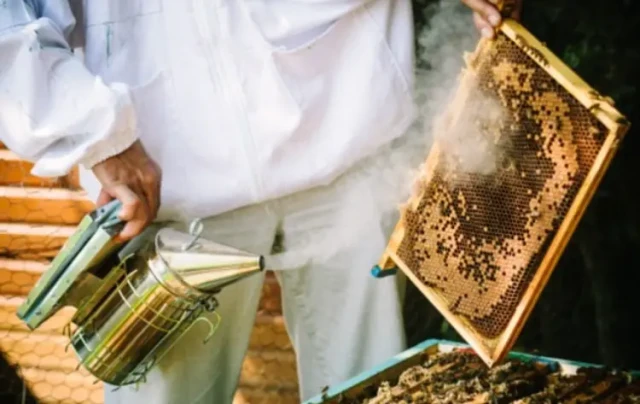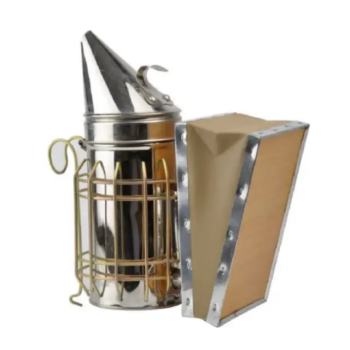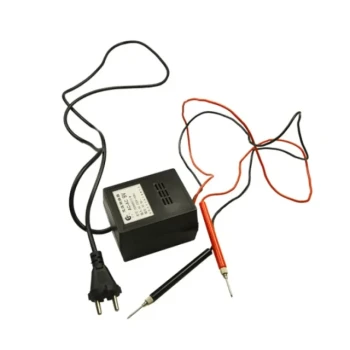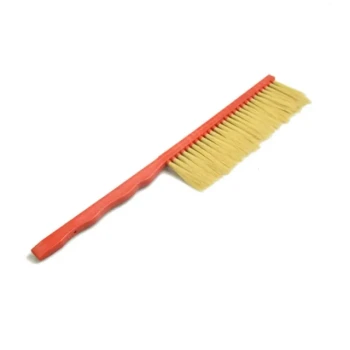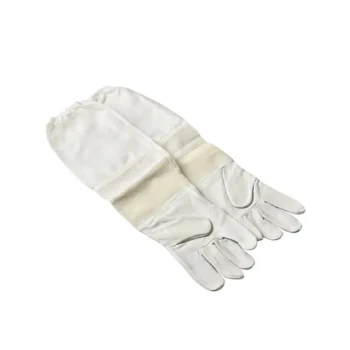Пчеловодство требует деликатности, особенно при осмотре ульев. Хорошо управляемый дымарь — ваш самый ценный инструмент для поддержания спокойствия колоний, но неправильное использование может вызвать стресс у пчел или даже привести к пожару. Это руководство сочетает научные данные с проверенными на практике методами, чтобы помочь вам освоить плотность дыма, выбор топлива и правила безопасности.
Наука об успокоении пчел
Дым не усыпляет пчел — он нарушает их защитные механизмы. Понимание этого различия является ключом к этичному использованию дымаря.
Как дым нарушает действие феромонов тревоги
Когда пчелы-охранники обнаруживают угрозу, они выделяют изопентилацетат — феромон, который мобилизует колонию на атаку. Исследования показывают, что дым:
- Маскирует феромоны, связываясь с обонятельными рецепторами
- Вызывает рефлекс набивания зобика медом, из-за чего пчелы становятся слишком сытыми, чтобы жалить
- Снижает ловкость на 20–30%, замедляя защитные движения
Совет профессионала: Избегайте густых облаков дыма. Пчелы воспринимают плотный дым как пожар в улье, что может вызвать панику вместо спокойствия.
Идеальная плотность и температура дыма
- Визуальный признак: Стремитесь к легкому, полупрозрачному дыму (как утренний туман)
- Проверка температуры: Держите руку в 15 см от сопла — должно быть тепло, но не обжигающе
- Частота: 2–3 легких затяжки каждые 5 минут поддерживают эффект
Освоение топлива для дымаря
Выбор топлива влияет на безопасность, время горения и благополучие пчел.
Органическое и обработанное топливо
| Тип топлива | Время горения | Риск для безопасности | Реакция пчел |
|---|---|---|---|
| Сосновые иглы | 15–20 мин | Низкий | Спокойные |
| Полоски мешковины | 25–30 мин | Умеренный | Нейтральная |
| Древесные гранулы | 40+ мин | Высокий* | Взволнованные* |
*Обработанное топливо со связующими веществами может выделять раздражители
Подготовка и хранение топлива
- Контроль влажности: Храните топливо в герметичных контейнерах при влажности 10%
- Предварительная нарезка: Нарезайте органические материалы на кусочки по 5 см для равномерного горения
- Растопка: Используйте необработанную бумагу — окрашенные материалы выделяют токсины
Пошаговый операционный протокол
Проверка безопасности перед зажиганием
- Очистите радиус 1 метра от легковоспламеняющихся материалов
- Проверьте поток воздуха из мехов (засоры вызывают опасные вспышки)
- Наденьте термостойкие перчатки и лицевую сетку
Направление дыма с учетом ветра
- Подход против ветра: Расположитесь так, чтобы дым дрейфовал к летку улья
- Наклонное сопло: Направьте вниз под углом 45°, чтобы предотвратить ожоги крыльев
- Метод барьера: Для защищающихся колоний сначала окурите леток, затем верхние бруски
Обслуживание после использования
- Охлаждение: Повесьте дымарь на металлический крючок до полного остывания
- Удаление золы: Аккуратно постучите — соскабливание повреждает камеру сгорания
- Уход за прокладкой: Ежемесячно наносите пчелиный воск для поддержания герметичности
Готовы обновить свой пчеловодческий инвентарь? Коммерческие дымари и комплекты топлива от HONESTBEE помогают дистрибьюторам снабжать пчеловодов надежными и безопасными для пчел решениями. Свяжитесь с нами для получения оптовых цен на расходные материалы.
Сочетая науку с практическими навыками, вы превратите дым из грубого инструмента в точное поведенческое средство — то, которое обеспечивает спокойствие как пчелам, так и пчеловодам.
Связанные товары
- Коптильня для медовой пчелы из нержавеющей стали Улей и соты для пчеловодства
- Европейская коптильня из нержавеющей стали для ульев медовой пчелы
- Оцинкованная пчеловодческая коптильня для медоносной пчелы и пчеловодства
- Электрическая коптильня для ульев из нержавеющей стали для пчеловодства и пчеловодов
- Профессиональный костюм пчеловода для детей и девочек Детский костюм пчеловода
Связанные статьи
- Как безопасно переселить ульи: Научно обоснованное руководство для пчеловодов
- Основные инструменты пчеловодства: Как стратегическая подготовка повышает здоровье, безопасность и урожайность меда в улье
- Этичный сбор меда: Основные инструменты и методы для пчеловодов
- Ловля роев для начинающих пчеловодов: Пошаговое руководство по безопасности для вашего первого успешного захвата
- Как этично собирать мед без ущерба для выживания пчелиной колонии
